|
It's Juneteenth! Thanks to everyone who joined us for Food History Happy Hour. This week we make the Rose in June cocktail from the 1917 "Recipes for Mixed Drinks." We discussed Juneteenth, red velvet cake, victory gardens including propaganda and the exclusion of Black farmers and imprisoned Japanese Americans, the role of visuals in influencing taste, Black Food Historians You Should Know, disparities in book contracts, hot weather foods, salads, summer kitchens, how historical peoples coped without air conditioning, how historical peoples kept foods cold before refrigeration, ice and ice cream in the ancient world, rural electrification and electric refrigerators, the Frigidaire Cookbook, icebox pie, racial stereotypes in food advertising, including the history of the "Aunt" and "Uncle" terms, including Uncle Ben and Aunt Jemima, the history of the mammy trope, the tragedy of child caring roles, What Mrs. Fisher Knows About Old Southern Cooking, Black children in advertising, Franchise: the Golden Arches in Black America, the forthcoming book scanner I ordered, monuments and statues, and we ended with a signal boost for the James Hemings Society.
Rose in June Fizz (1917)
The "Rose in June" cocktail comes from the "Fizz" section of Recipes for Mixed Drinks by Hugo Ensslin (1917).
The original recipe calls for: Juice of 1 orange Juice of 2 limes 1 jigger raspberry syrup 1 jigger gin Shake well in a mixing glass (or cocktail shaker) with cracked ice, strain into Collins glass and fizz with sparkling water OR - if you don't have fresh citrus fruits OR raspberry syrup - you can substitute 1/3 cup orange juice, 1/4 cup lime juice, a heaping tablespoon of raspberry (or in my case, strawberry) jam, and the gin. Very nice, very refreshing, but sadly NOT pink.
Here's a roundup of links related to everything we talked about (in addition to all the links above!):
If you liked this post and would like to support more Food History Happy Hour livestreams, please consider becoming a member or joining us on Patreon. Members and patrons get special perks like access to members-only content.
1 Comment
Thanks to everyone who joined in this weeks' Food History Happy Hour! In this episode we made the Guadalcanal Cocktail and discussed rhubarb, abolitionist boycott of sugar and the slave trade, rhubarb recipes and all the animals who are eating my rhubarb, breakfast cereals, in particular GrapeNuts and the real story GrapeNuts ice cream (and its predecessor GrapeNuts pudding), graham flour and graham pudding, Kellogg v. Post cereals (as seen on The Food That Built America), including the history of Granula, the accident of corn flakes, C.W. Post and the California Fig Nut Company, sugary breakfast cereals in the 1950s and on, shredded wheat, the Victorian interest in grain-based products with milk on top, Wheatina, frog eye salad, Cool Whip, rural v. urban breakfast trends, food deserts, housing policy and suburbs, TV and dinners, the addictiveness of sugar, the food pyramid, the history of lunch, including nuncheon, and the introduction of fellow food historian Niel De Marino, who specializes in 18th century foodways and runs The Georgian Kitchen, Russian/Georgian food and cookbooks, Black Panthers, and the reaction to the film "Birth of a Nation."
With a cameo by Sweetie Pie, of course! And I believe this was our longest and most lively Food History Happy Hour yet! Guadalcanal Cocktail
1 jigger bourbon (Old Crow is most accurate)
2-3 ice cubes unsweetened grapefruit juice In an old fashioned glass, pour jigger of bourbon over ice. Fill with grapefruit juice and stir. The REAL Story of Grape Nuts Ice Cream
Well as you may know I get a lot of media requests, so one on the origin of Grape Nuts ice cream was fun to research, even if the request was VERY last-minute. Sadly, my commentary on the history did not make the cut of the rather frivolous radio spot (annoying, considering how much work I put into it, all free of charge), but it DID result in some fun research on Grape Nuts ice cream, which was, sadly, NOT invented by Hannah Young in Wolfville, Nova Scotia in 1919, as many people, including her grandson Paul, have claimed. Or at least, Hannah may have come up with the combination independently (although I doubt that could ever be verified), and likely had a hand in popularizing it in Nova Scotia, but I've found references that predate Young by at least 10 years.
This reference, from the American Housekeeper Advertiser dates to 1909 and is the earliest published reference I could find.
Of course, in 1916, the Post company published, "Good Things to Eat From Wellville."
The first recipe listed in "Good Things to Eat" is very similar to the one from the American Housekeeper Advertiser, but the second is simply vanilla ice cream with Grape Nuts folded in. Also notice with "coffee" flavored Postum ice cream! The cookbook also includes Post Toasties ice cream and several other confection recipes using the cereals. And of course, all these recipes predate the 1919 Hannah Young story.
At any rate - it was a fun research project and I'm glad I was able to add to the historiography of Grape Nuts Ice Cream.
Here's a flurry of other links related to tonight's talk!
If you liked this post and would like to support more Food History Happy Hour livestreams, please consider becoming a member or joining us on Patreon. Members and patrons get special perks like access to members-only content.
One of the wonderful things about being a food historian is not only tracking down and finding wonderful historic and vintage cookbooks for my personal collection, but people also give me vintage cookbooks! This was part of one such gift: a rather large selection of Mary Lee Taylor PET cookbooklets. For those of you not familiar with it, PET is a brand of evaporated milk. First produced in Illinois in the 1880s, PET milk made a name for itself supplying soldiers during the Spanish American War and again in World War I. But following the war, production ratcheted down, and PET was known to be in trouble.
The 1920s and '30s were a time of advertising innovation and one woman stood out amongst the crowd. Erma Perham Proetz was born in Denver, Coloradio in 1891. After graduating from Washington University and marrying Dr. Arthur Proetz, the couple settled in Saint Louis, MO, where Erma started working in the advertising business, as a copy editor for the Gardner Advertising Company. In 1923 she was assigned to the PET Milk Company account. The company had been foundering after World War I. In 1924 she won the Harvard Advertising Award for distinguished individual advertisements, with its accompanying $1,000 award. In 1925 she took the award again, this time for the best use of both text AND illustration for the PET milk campaign. In 1927 she received the $2,000 Edward W. Bok prize by the Harvard Award Jury for the best planned and executed national advertising campaign for a single product - PET milk. She was the first person to ever win the Harvard Advertising Award three times. In 1930, she was made a director of the Gardner Advertising Company - just seven years after starting as a lowly copy editor.
Erma's true brilliance, however, was the idea of Mary Lee Taylor.
Mary Lee Taylor was a pseudonym for Erma (although whether or not they were one and the same is debated). Although Erma remained at the Gardner Advertising Company and eventually became an executive, she wrote for/as Mary Lee Taylor for the rest of her career. Taylor embodied the kind, chatty, experienced home economists that housewives had come to trust by the late 1920s. Combining all of the best advertising opportunities at the time, Erma put Mary Lee Taylor to work in print, including newspapers, magazines, and cookbooklets. Dozens of Mary Lee Taylor cookbooklets were published over the years, and I am lucky enough to have a good chunk of them.
Unfortunately, particularly with the summer themed ones, there is a fair amount of recipe repetition. And, of course, every single recipe uses PET evaporated milk! But there are some particularly fun favorites, including "'Husband-Tested' Recipes."
But as you can see from her little "Dear Friend" letter above, Mary Lee Taylor was probably best known for her radio show.
In the 1920s radio was still a fairly new medium, but mass production made radio sets more accessible to a wide range of Americans. It was a popular way for companies to advertise and product placement and corporate-sponsored shows soon became commonplace. Begun in 1933, the Mary Lee Taylor Show first aired on CBS and was one of the longest running cooking shows ever, ending in 1954. On CBS the show was just 15 minutes long, and featured a weekly recipe from Proetz as well as household tips, all using PET milk.
Erma was a member and leader of many women's and advertising groups, including the Women's Advertising Club of St. Louis, the St. Louis Branch of the Fashion Group, and the Council of Women's Clubs of the Advertising Federation of America. In 1935, Fortune Magazine named her one of 16 Outstanding Women in Business. In 1938, she attended the 34th annual convention of the Advertising Federation of America in Detroit, MI. An Associated Press article quoted her in a discussion about women in advertising. They wrote, "Ms. Erma Perham Proetz of St. Louis, a member of the Federation board, advised women hoping to enter advertising to take a home economics course, and to obtain some training in writing. 'The field is limitless,' she said."
And for Erma, it was limitless. She died on August 7, 1944 "after a long illness," and although her obituary is quite short, she had been executive vice president of the Gardner Advertising Company at the time of her death. That same year, the St. Louis Fashion Group, of which she had been regional director, announced the establishment of an Erma Proetz Memorial Scholarship at her alma mater - the Washington University School of Fine Arts "in recognition of her great interest in students and the wide help and encouragement she gave many young girls starting out on their careers."
In 1945, the Women’s Advertising Club of St. Louis established an annual Erma Proetz Award for the most outstanding creative work done by women in advertising. This award was dedicated Erma's memory as she "stood for the highest standards of advertising and whose faith in the ability of women in advertising was well known throughout the country."
In 1948 the Mary Lee Taylor Show moved to NBC, known as "Mary Lee on NBC" and was expanded to 30 minutes, with a serial drama between "Sally and Jim," a young couple. The show ended with the long-running recipe of the week and the creative addition of "Today's Recipe for Happiness," which included warm wisdom about family and life from Mary Lee herself.
Although Mary Lee Taylor did survive Erma by several years, but she couldn't quite make the transition from radio to the new medium of television. In 1954, Mary Lee Taylor went off the air. Despite that fact, Mary Lee Taylor and Erma Perham Proetz both left a lasting legacy. In 1952, Erma was posthumously inducted into the Advertising Hall of Fame - one of only a very few women to ever receive that honor. And Mary Lee Taylor lives on in the remaining radio shows and cookbooklets that people like me love to collect.
If you'd like to listen to more of the surviving Mary Lee Taylor radio shows, you can do so, thanks to the kind people of the Old Time Radio Researcher's Group on the Internet Archive. Listen to the Mary Lee Taylor Show now.
Bibliography
Erma's Advertising Hall of Fame listing.
Washington University Archives and an online exhibit 6 Copywriting Takeaways From a Real Life Mad Woman "Advertising Prize Won By D.C. Man," Evening Star, February 23, 1926. "Advertising Men Open Convention," Evening Star, June 13, 1938. "Mrs. Erma P. Proetz Dies; Advertising Executive," Evening Star, August 8, 1944.
And, as always, if you liked this post, consider becoming a member or joining us on Patreon. Members and patrons get special perks like access to members-only content.
|
AuthorSarah Wassberg Johnson has an MA in Public History from the University at Albany and studies early 20th century food history. Archives
July 2024
Categories
All
|

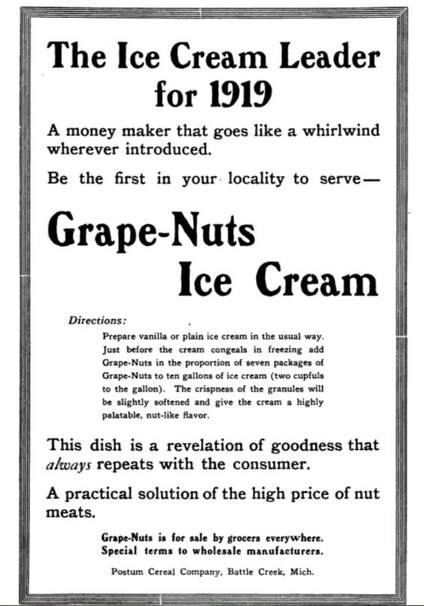
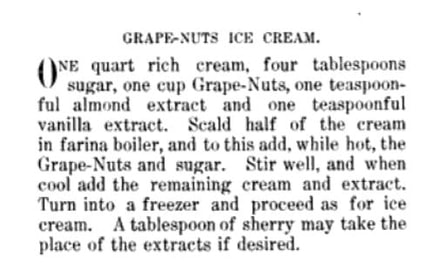
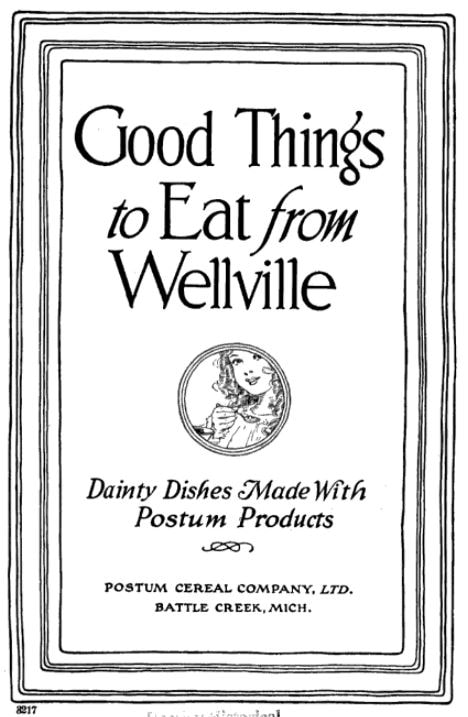
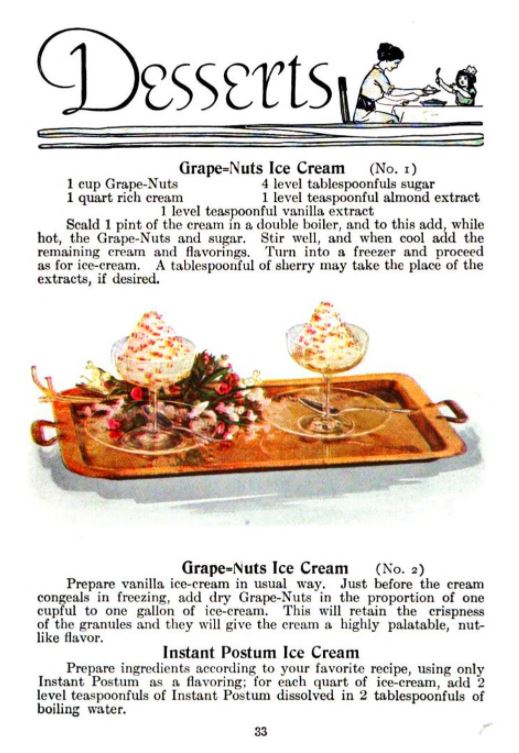
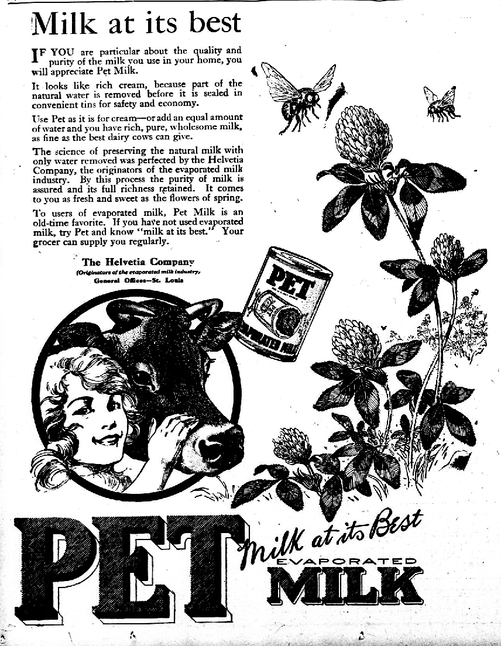
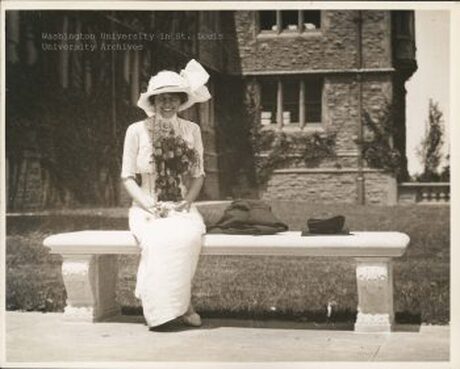
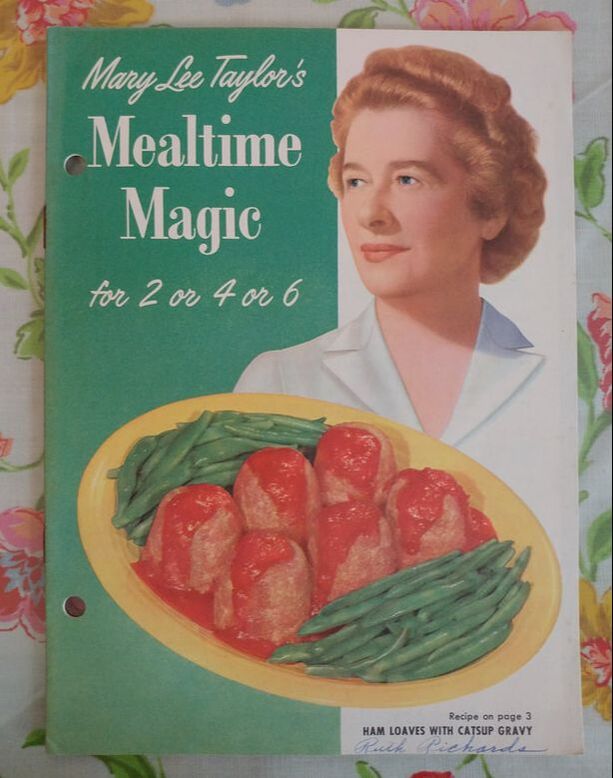
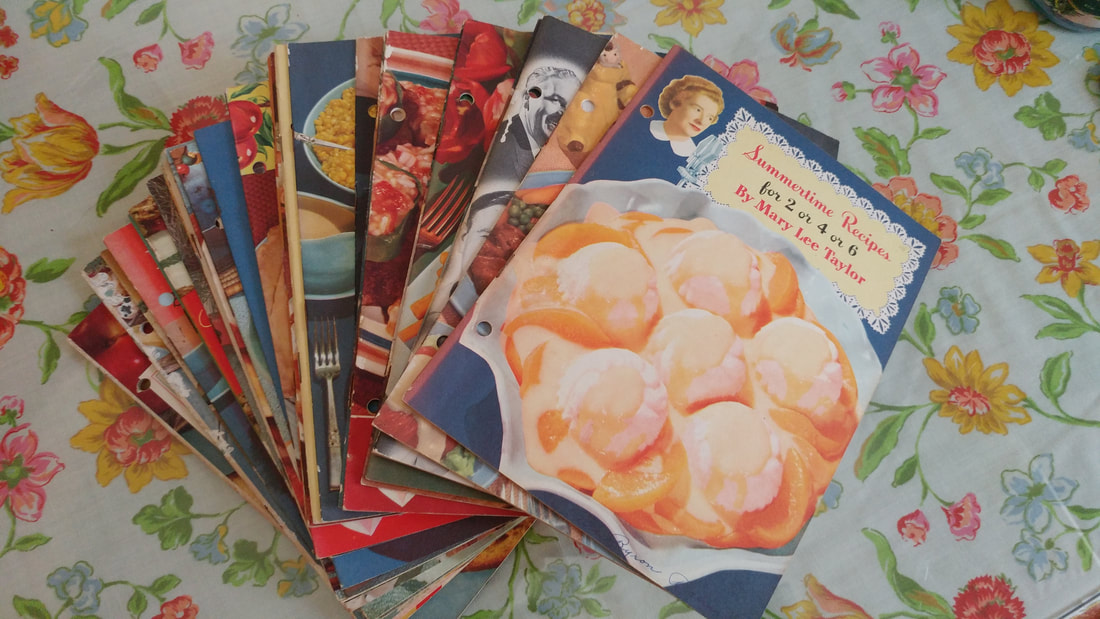
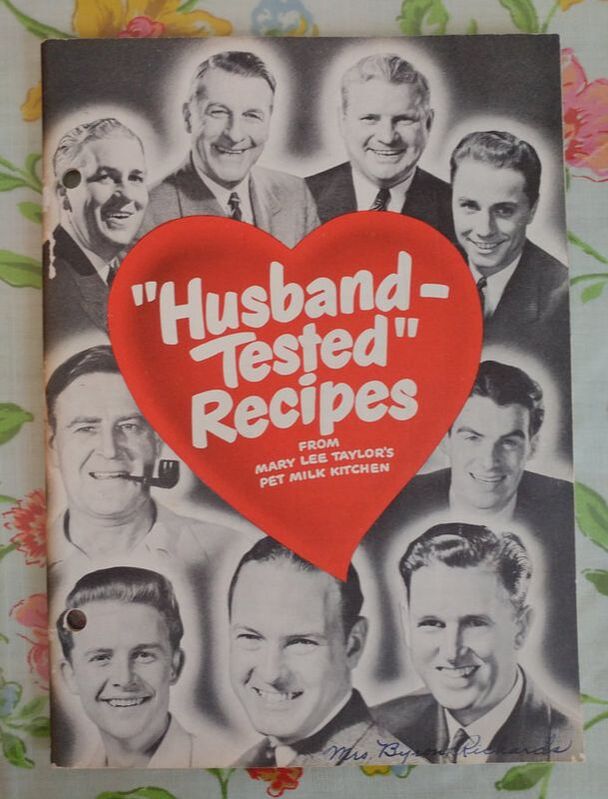
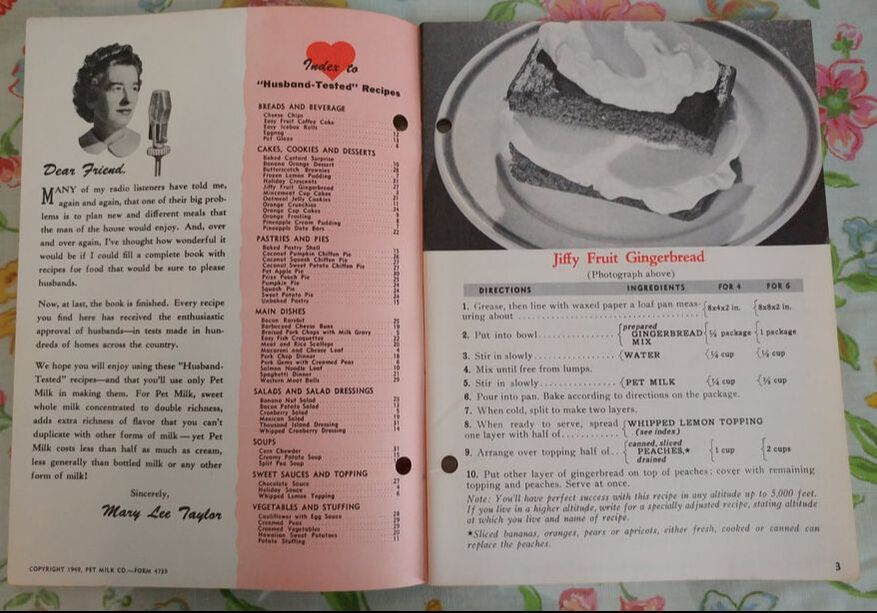
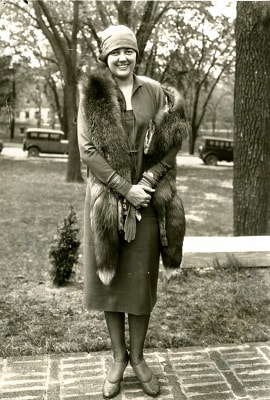
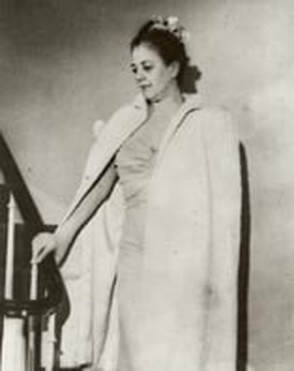
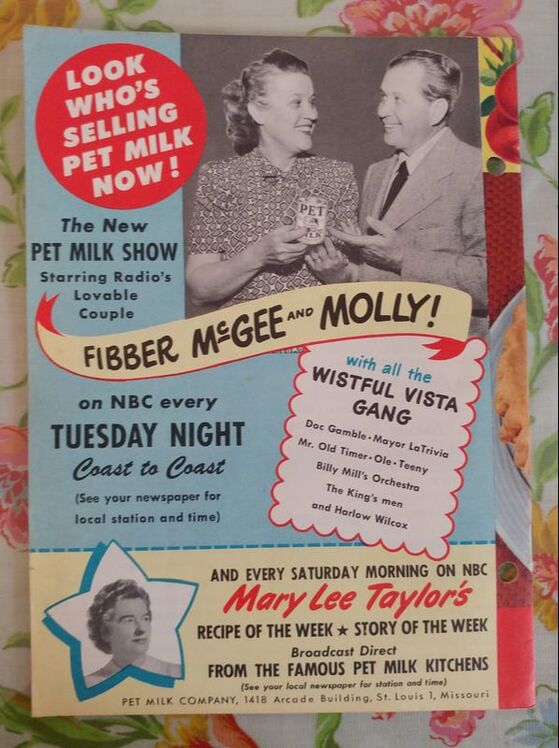

 RSS Feed
RSS Feed